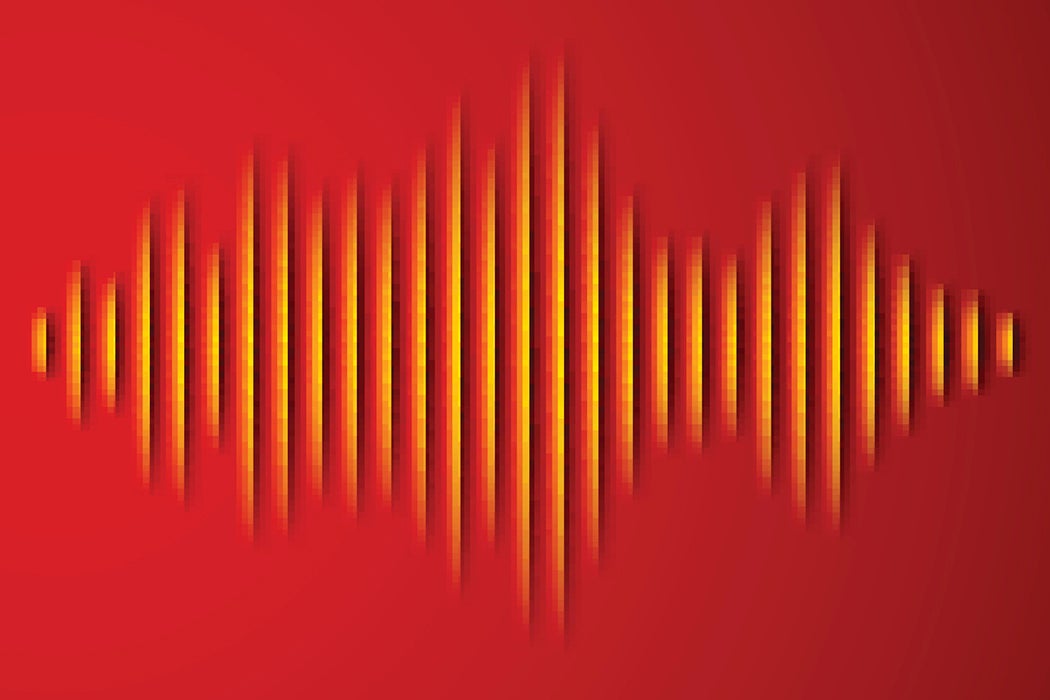In the early- to mid-nineteenth century, Americans heard different things depending on their ideological predispositions, and perhaps to some extent we still do. After all, this summer many of us will head out for a week of camping in the woods or hiding out in a beachside cabin, eager for the peace and quiet of nature. But why do we think of nature as quiet, when there are squawking birds, crashing waves, and maybe a raucous thunderstorm rolling in? Environmental historian Peter A. Coates points out that what we think of us noise is as much a matter of ideology as decibels.
Coates writes that city dwellers have always complained about noise, starting long before industrialization. “Possessing the power to drive genteel folks to distraction were hammering tinsmiths, carpet-beating maids, whip-cracking, foul-mouthed animal drovers, and, not least, the purveyors of so-called ‘rough music,’” he writes. Horse-drawn carriages made such a racket on city cobblestones that people in the 1890s actually looked forward to the horseless electric carriage as a quieter alternative.
But in some times and places, it was nature that was understood as noisy while the sounds of civilized society were considered a gentle comfort. Quoting historian Mark Smith, Coates notes that European settlers in America found the noise of an ax striking a tree an “aural victory over howling wilderness”—“howling” evoking Old Testament language suggesting both wild beasts and “equally blood-thirsty and ignoble human savages whose keynote sound was a blood-curdling war whoop.”
To nineteenth-century modernists, Coates writes, “mechanical sounds and the noisy bustle of commerce bespoke prosperity” while quiet “was synonymous with indolence, backwardness, and stagnation.” But romantics like Nathaniel Hawthorne heard the “long shriek” of a distant train whistle as an affront to both the natural sounds of birds and leaves and the preindustrial human sounds of the village clock or the cowbell. “It tells a story of busy men, citizens, from the hot streets,” Hawthorne wrote. “It brings the noisy world into the midst of our slumberous peace.”
In the twentieth century, natural quiet—or, rather, the absence of radios and car horns and the presence of honking geese and howling wolves—became central to the conservation movement and the creation of natural parks. One founder of the Wilderness Society suggested in 1932 that designated wild areas would “interest the folks in the inexpensive joys of nature in lieu of the jarring jams of jazz.”
In contrast, “wise use” advocates of the late twentieth century hoped human sounds could coexist harmoniously with nature. In 1990, future Interior Secretary Gale Norton argued for the “right to make noise”—for example by enjoying the natural world from the seat of a snowmobile.
When city-dwellers head out into nature this summer, they might just find that the quiet they seek is not external after all.







